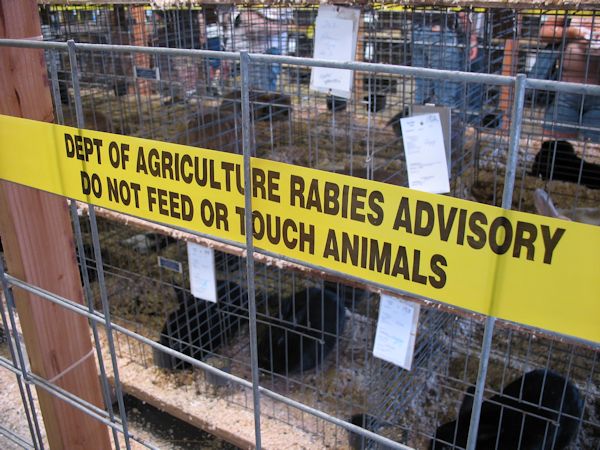Infectious Animals and Insects
Many different poisonous and infectious insects and animals are found across the United States. Workers should be aware of these health hazards before starting work in a specific location.
Rabies
Rabies is a viral disease caused by an infection of the central nervous systems of wild and domestic animals, as well as humans. The initial symptoms of human rabies resemble those of other systemic viral infections, including fever, headache, and disorders of the upper respiratory and gastrointestinal tracts.
Raccoons, skunks, foxes, and coyotes are the terrestrial animals most often infected with rabies in the United States. All bites from such wildlife must be considered potential exposures to the rabies virus.
Leptospirosis (Weil's Disease)
Leptospirosis is a bacterial disease that affects humans and animals. It is caused by bacteria from the genus Leptospira. Weil's Disease is a severe form of leptospirosis in humans. You can contract it by coming into contact with the urine, blood, or tissue of animals or rodents infected with the bacteria. These may include: cattle, pigs, dogs, and rats.
The time between a person's exposure to a contaminated source and becoming sick is 2 days to 4 weeks. Illness usually begins abruptly with fever and other symptoms. After the first phase (with fever, chills, headache, muscle aches, vomiting, or diarrhea) the patient may recover for a time but become ill again. Without treatment, Leptospirosis can lead to kidney damage, meningitis (inflammation of the membrane around the brain and spinal cord), liver failure, respiratory distress, and even death. For more information see the CDC's Webpage on Leptospirosis.
Knowledge Check Choose the best answer for the question.
2-1. Which animal is most likely to carry rabies?
You forgot to answer the question!

